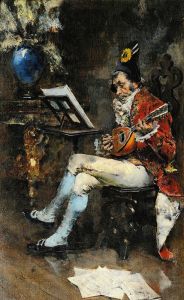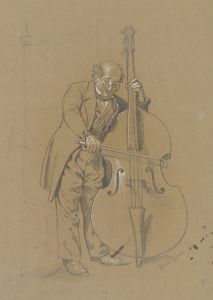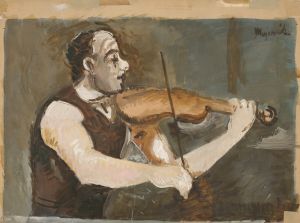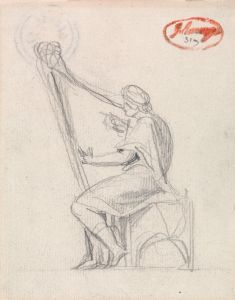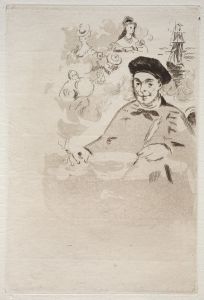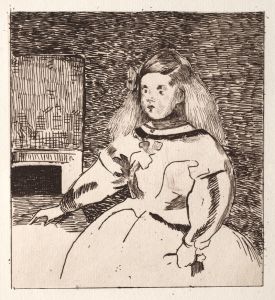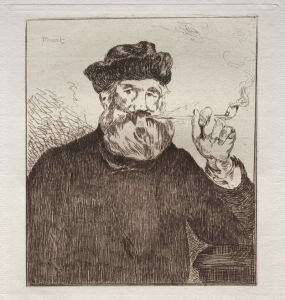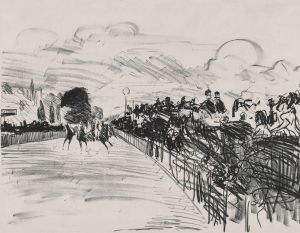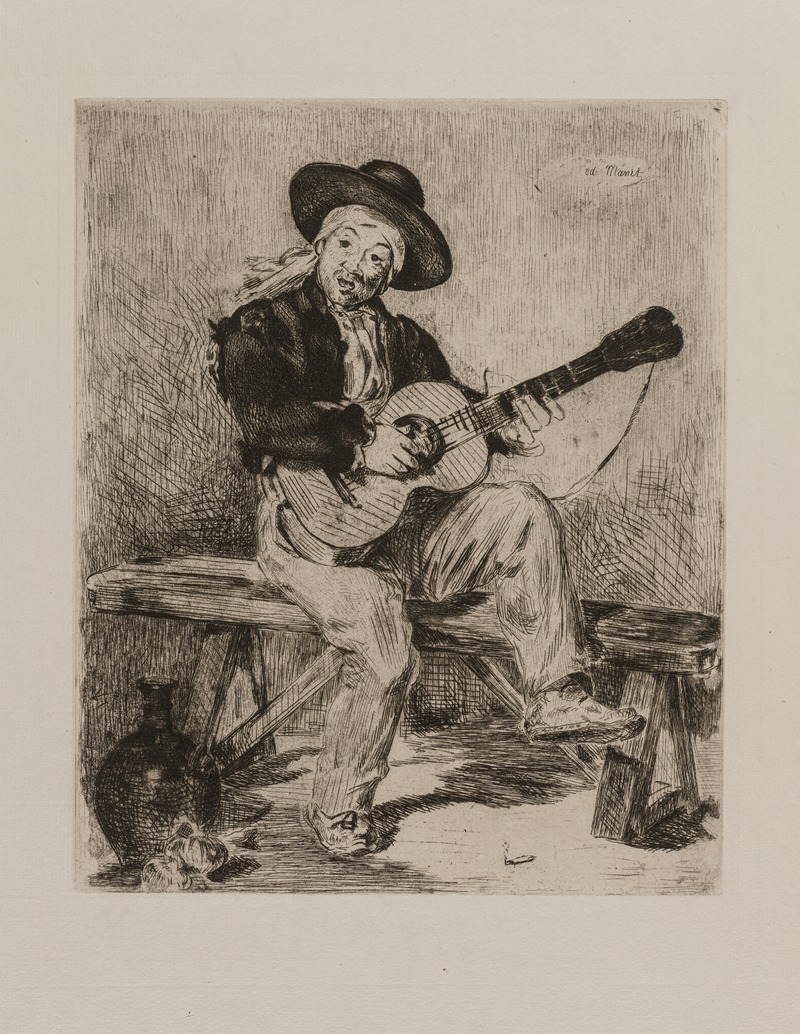
Le Guitarrero
A hand-painted replica of Édouard Manet’s masterpiece Le Guitarrero, meticulously crafted by professional artists to capture the true essence of the original. Each piece is created with museum-quality canvas and rare mineral pigments, carefully painted by experienced artists with delicate brushstrokes and rich, layered colors to perfectly recreate the texture of the original artwork. Unlike machine-printed reproductions, this hand-painted version brings the painting to life, infused with the artist’s emotions and skill in every stroke. Whether for personal collection or home decoration, it instantly elevates the artistic atmosphere of any space.
Édouard Manet's painting "Le Guitarrero," also known as "The Spanish Singer," is a significant work in the artist's oeuvre, marking a pivotal moment in his career. Painted in 1860, this artwork is one of Manet's early masterpieces that helped establish his reputation as a leading figure in the transition from Realism to Impressionism.
"Le Guitarrero" depicts a young Spanish musician, seated and playing a guitar. The subject is dressed in traditional Spanish attire, complete with a wide-brimmed hat, a sash, and a colorful vest. The painting captures the essence of Spanish culture, which was a popular theme in French art during the 19th century, reflecting the Romantic fascination with exoticism and the allure of foreign lands. Manet's interest in Spanish themes was influenced by his admiration for Spanish painters such as Diego Velázquez and Francisco Goya, whose works he studied during his travels to Spain.
The painting is notable for its vibrant use of color and the bold, loose brushwork that would come to characterize Manet's style. The artist employs a rich palette, with deep reds, browns, and blacks, contrasted with the lighter tones of the musician's shirt and the background. This use of color not only highlights the figure of the musician but also adds a sense of depth and dimension to the composition.
"Le Guitarrero" was exhibited at the Paris Salon of 1861, where it received critical acclaim and won an honorable mention. This recognition was significant for Manet, as it marked one of his first successes in the conservative art establishment of the time. The painting's acceptance at the Salon was a testament to Manet's skill and the appeal of his innovative approach to painting, which combined traditional techniques with a modern sensibility.
The work is also important for its role in the development of Manet's artistic style. "Le Guitarrero" demonstrates his departure from the highly detailed and polished finish of academic art, embracing instead a more spontaneous and expressive technique. This approach would later influence the Impressionists, who admired Manet for his ability to capture the immediacy of a moment and the play of light and shadow.
Today, "Le Guitarrero" is housed in the Metropolitan Museum of Art in New York City, where it continues to be appreciated by art enthusiasts and scholars alike. The painting is considered a key work in Manet's career, illustrating his early exploration of themes and techniques that would define his contribution to modern art.
In summary, "Le Guitarrero" is a significant painting by Édouard Manet that reflects his interest in Spanish culture and his innovative approach to art. Its exhibition at the Paris Salon marked a turning point in his career, and its influence can be seen in the development of Impressionism. The painting remains an important piece in the study of 19th-century art, showcasing Manet's skill and his impact on the art world.





